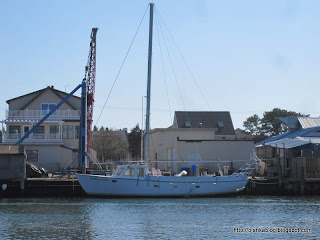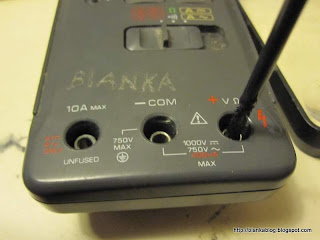I've seen this before you never know which battery may be slightly down when you plug in the charger as they all do not come up the same way everytime. But, my concern is with the fourth battery in the string which earlier in this investigation was not even able to achieve a full charge. It is now behaving more like the other three. Twenty minutes later and this what I saw on the Dual Pro display:
One hour later and the first and third batteries were now fully charged and the second and fourth batteries were still somewhere in the 90 to 99% range:
Finally after about one hour and twenty minutes all four batteries were fully charged:
I once again took some voltage readings of each battery after they were fully charged:
VOLTS
1 13.7
2 13.8
3 13.4
4 (suspect) 13.3
These latest reading shows all four batteries even more in balance than when previously tested. Which leads me to believe that keeping the load from the Paktrakr off of battery four is beneficial in keeping it in balance with the other three batteries. I think I'll will do one more charge test in the near future and then conduct a load test on each battery before I fully can say that all batteries are ready for BIANKA's fifth season under electric propulsion. However things are looking more promising that they are.






























.jpg)


